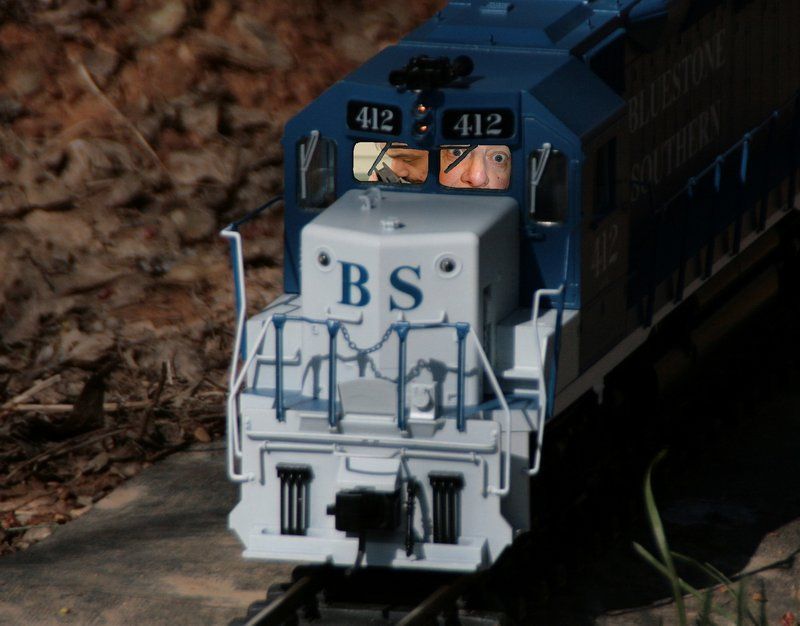It was hot (~90s) at our open house yesterday and one of the Train Engineers developed an interesting problem. I don’t know that this was caused by the heat of the day, from last weekend’s outing in the rain, some combination of both, or just age but:
I had an Aristo FA/FB/streamliner consist, a USA GP-9/freight consist, and the aerial tram all running on one 10 amp TE powered by a Meanwell 24 volt, 12.5 amp supply (at 22 volts input). No big deal and this is the usual fare
Worked fine last Sat and for a bit when I started out yesterday. Then the trains stopped. The circuit breaker (fuse replacement) was fine and the Meanwell put out power, but when raising the throttle voltage on the TE, it would go up to between 4.5 - 6 volts then drop to zero each time I would try to bring up the throttle.
The breakers didn’t pop and I had the same results turning off the aerial tram and removing the trains from the tracks.
OK, perhaps a “partial short” across the rails?
No.
When I switched those routes to another cab (also a TE), they worked fine and after it cooled down a bit I just ran the four trains (two on the other TE), and aerial tram on one TE and they performed flawlessly. I didn’t want to do this during the heat of the day for fear of loosing another TE and having even fewer trains run.
So, any thoughts or similar TE experiences as to the problem and how to go about fixing it?
